Why Grow Native Plants?
The world is a complex web of interconnected ecosystems, and every species plays a vital role in maintaining the health and balance of the planet. One of the most important groups of organisms in this web is insects and pollinators.
To support and protect these important species, we need to start with the foundation of their existence: native plants. Native plants are those that have evolved naturally in a specific region or ecosystem, and have developed unique adaptations to the local climate, soil, and other environmental conditions. Growing native plants is important for several reasons:
- Biodiversity: Native plants provide a habitat for a variety of wildlife, including insects, birds, and mammals. By growing native plants, you can help support a healthy ecosystem and promote biodiversity.
- Adaptation to local conditions: Native plants are adapted to the local climate, soil, and other environmental conditions. This means they require less water, fertilizer, and pesticides than non-native plants, which can help conserve resources and reduce pollution. Non-native plants also tend to be more invasive because nothing has adapted to keep them in check.
- Maintenance: Native plants are generally easier to maintain than non-native plants because they are adapted to local conditions and pests. This can save time and money on maintenance costs.
- Aesthetics: Native plants can be beautiful and provide a natural aesthetic that blends well with the surrounding landscape.
- Cultural significance: Native plants are often an important part of the local cultural heritage, and growing them can help preserve traditional knowledge and practices.
Native Plants Are Better for Pollinators
In addition to supporting a healthy ecosystem and promoting biodiversity, growing native plants is also critical for supporting insects and pollinators. Native insects typically prefer native plants over non-native plants because they have evolved together and have developed mutually beneficial relationships. Native plants provide the specific nutrients and biochemical pathways that native insects need for survival and reproduction, while non-native plants may not provide the same nutritional value or may even be toxic to native insects. By growing native plants, you can help support the local insect populations and promote a healthy ecosystem.
Caterpillars are the primary source of food for baby birds and caterpillar larvae generally require native plants. So without the native plants, you have fewer caterpillars, and thus little food for the birds. Birds are critical for pollination and the ecosystem. (See Doug Tallamy’s, “Bringing Nature Home: How You Can Sustain Wildlife with Native Plants“
For example, the zebra butterfly photo at the top of this page was taken on our property. Zebra butterfly larvae only grow on pawpaw trees (a native of North America).
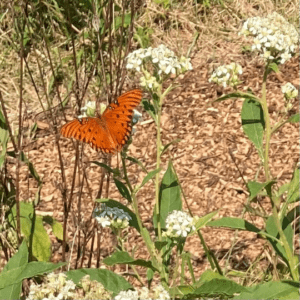
The Critical Importance of Pollinators
Without pollinators, many plant species would not be able to reproduce, and our food supply would be greatly reduced. Insects and pollinators also provide many other ecosystem services, such as decomposing organic matter, controlling pest populations, and providing food for other animals.
Overall, supporting native plants and insects and pollinators is critical for maintaining the health and balance of the planet. By growing native plants in your own yard, you can make a small but important contribution to this effort. Choose plants that are native to your region, and avoid using pesticides and other chemicals that can harm insects and pollinators. With a little effort and care, we can all help protect and preserve these important species for generations to come.
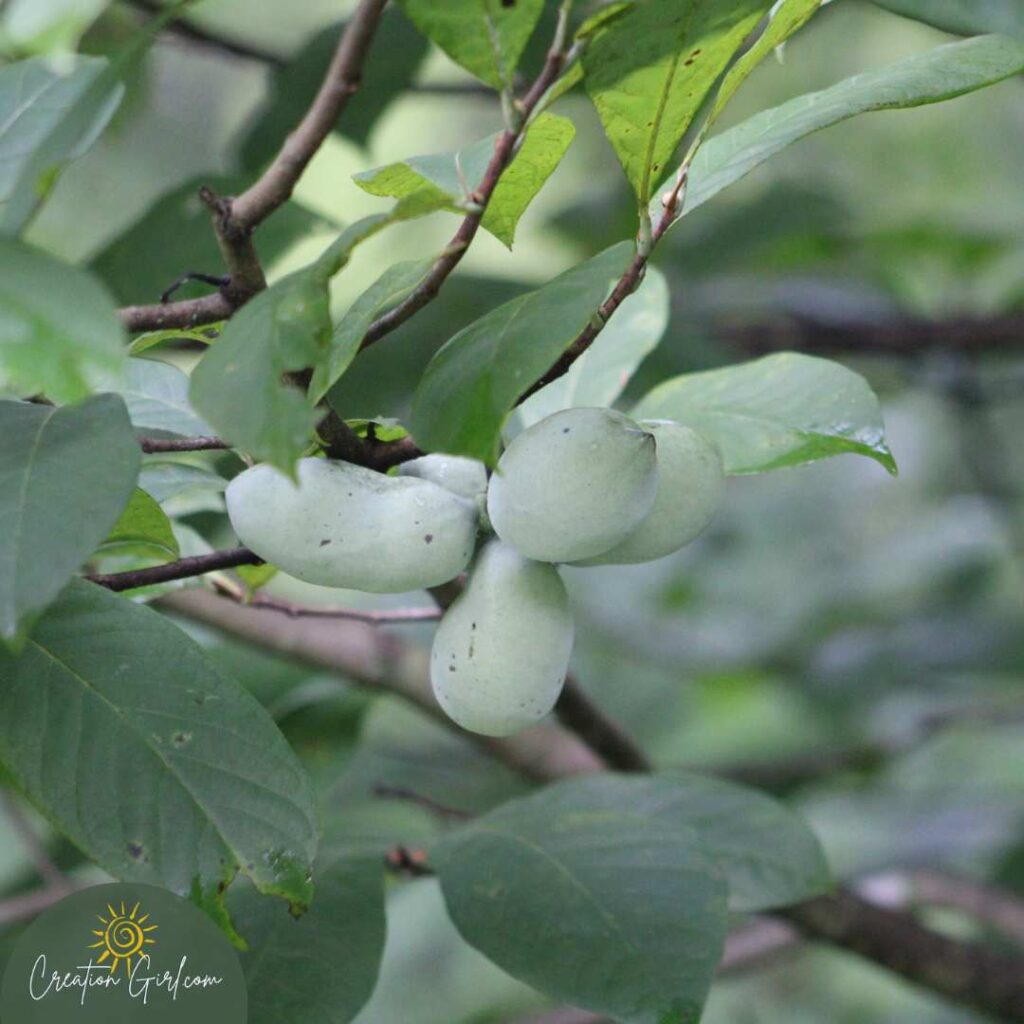
Native Plants We Grow at Spirit Tree Farms
Crownbeard (aka Frostweed) – This is the primary flower found in our wildflower spiral. It’s white blossoms come on in late summer/fall and they are an important source of nectar for Monarchs at the end of the season when their other sources have died back. (The orange butterfly in the photo above is on crownbeard in our wildflower spiral.)
Pawpaw Trees – the largest native North American fruit. Ripens in August and is a sweet custard-like fruit. It’s sort of like a banana – mango custard.
Here is a complete list of native plants, wildflowers, and trees available at Spirit Tree Farms.
In my book, “Finding Peace in a Turbulent World: Living in Sacred Nature,” I talk about our adventures with and the life lessons we’ve learned from native plants and trees, birds, pollinators, and partnering with Mother Earth.
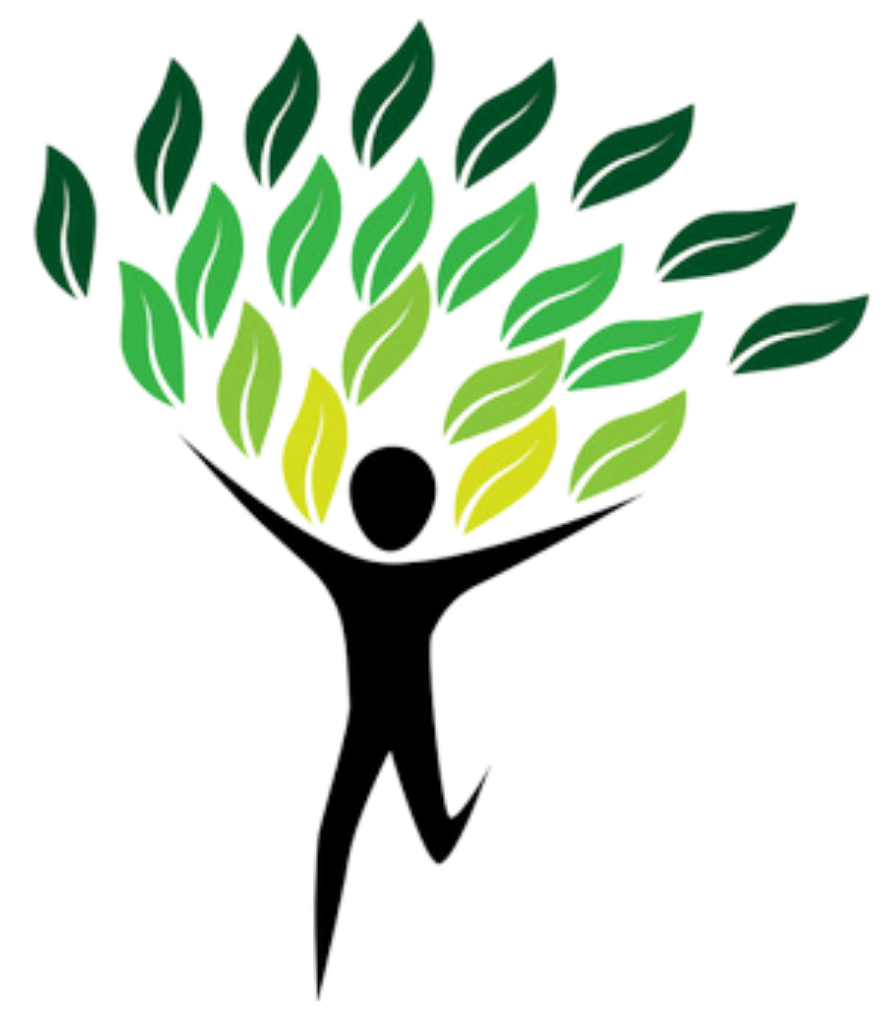
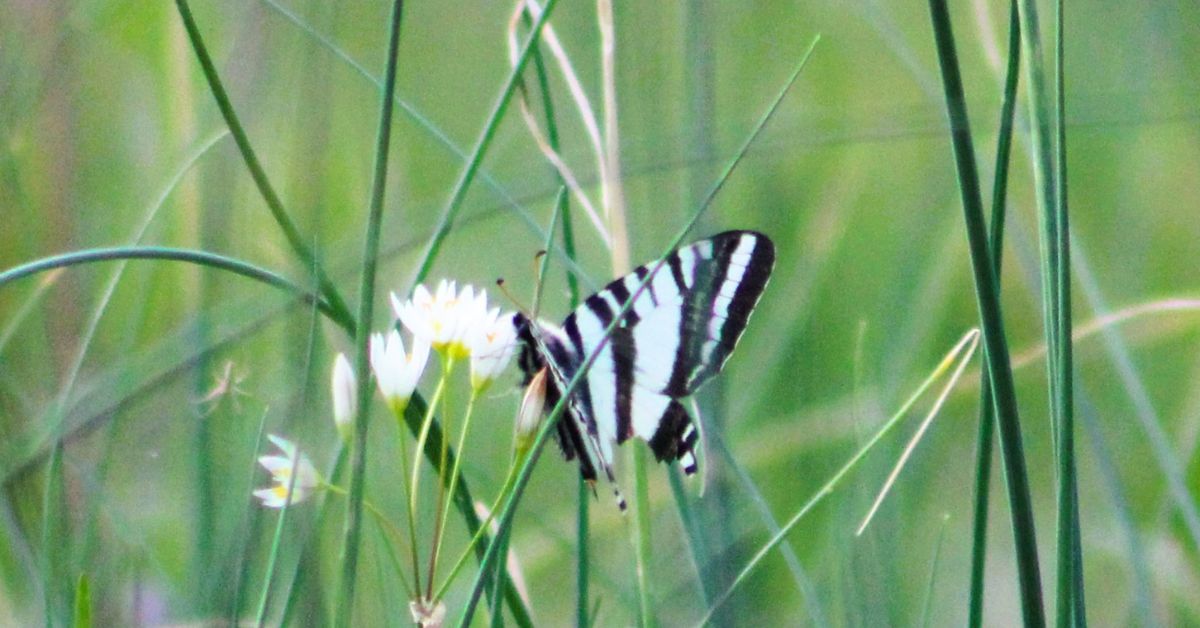
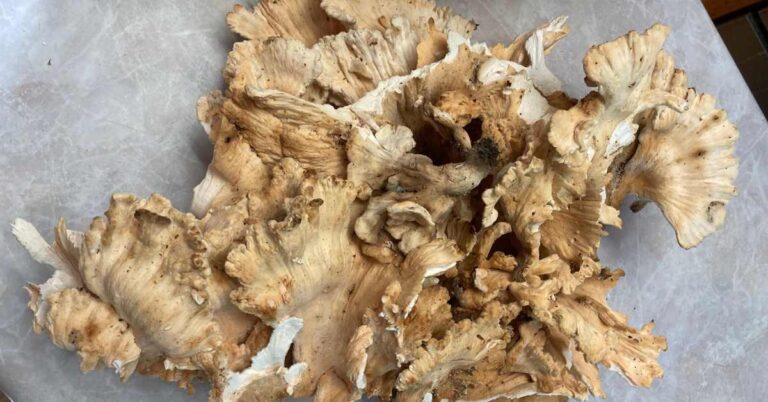
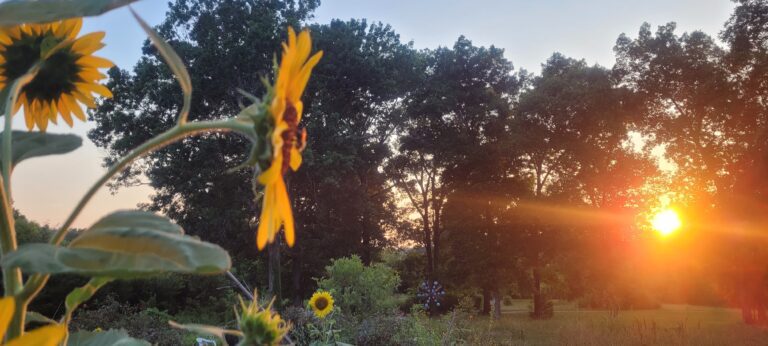
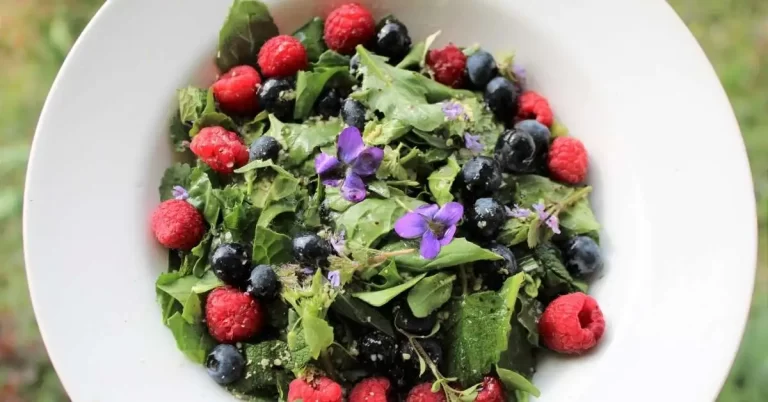
One Comment
Comments are closed.